Table of Contents
Toggle(Get free painting tips and plein air painting techniques sent straight to your inbox or on my social media.)
Understanding The Three Components of Color: Hue, Value, and Saturation
Understanding hue, value, and saturation is critical for creating beautiful color harmonies. These are the basic three components of color.
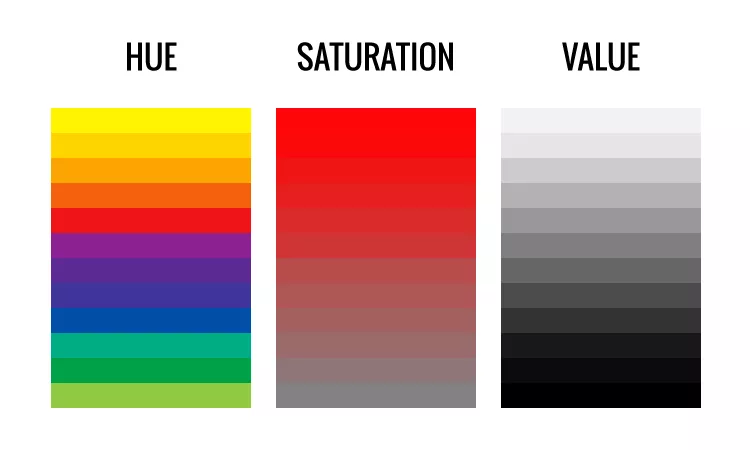
The Three Components of Color: Hue

Hue is what most people think of when using the term ‘color.’ It corresponds to its position in the spectrum. Examples of hues are: red, orange, yellow, green, blue, violet.
In scientific terms, hue is the spectral wavelength composition of a color that produces the perception of being red, yellow, blue, and so on.
The Three Components of Color: Value

Value is the relative lightness or darkness of a color. This is what you see when you take a black and white photograph. Each tube color has a different value as shown in this chart.
The Three Components of Color: Saturation
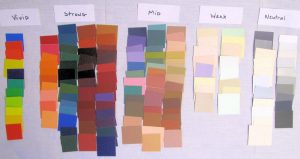
The saturation of a color is its degree of richness, intensity, purity, or grayness. Other commonly used terms for saturation are intensity or chroma, which is technically a different attribute, but to simplify things we will treat it the same.
For example, cadmium orange is a high saturation color, and burnt sienna is a low saturation color. Both colors are the same hue (orange).
Similarly, yellow ochre is less saturated than cadmium yellow. Any given hue reaches its highest saturation at different values. Understanding saturation is an essential skill for creating an interesting color design.
To add interest to your paintings, use a variety of saturation levels. For example in the painting above I used saturated colors in the lit part of the temple, and grayed colors in the buildings at dusk.
Munsell notation
Munsell Color Theory is based on a three-dimensional model in which each color is comprised of the three components of color: hue, value, and saturation (chroma). It was created by Professor Albert H. Munsell in the first decade of the 20th century and adopted by the United States Department of Agriculture (USDA) as the official color system for soil research in the 1930s.
The Munsell Color system is set up as a numerical scale with visually uniform steps for each of the three color attributes—in Munsell color notation, each color has a logical and visual relationship to all other colors.
The system consists of three components of color which can be represented cylindrically in three dimensions as an irregular color solid:
- hue, measured by degrees around horizontal circles
- saturation (chroma), measured radially outward from the neutral (gray) vertical axis
- value, measured vertically on the core cylinder from 0 (black) to 10 (white)
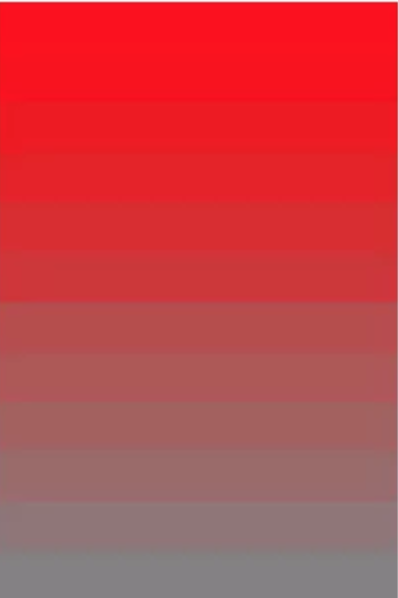
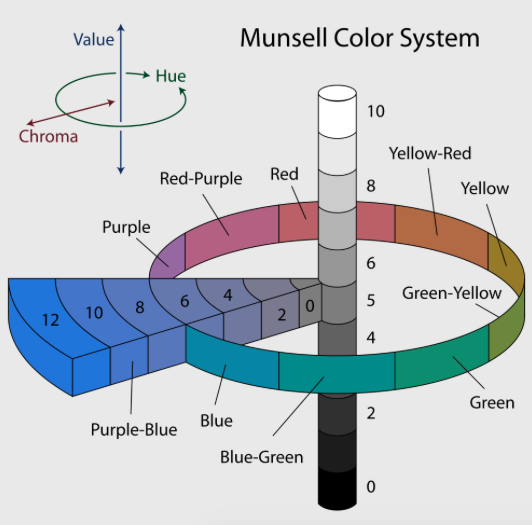
On the left, you can see how red goes from high to low saturation in art. In the Munsell system on the right, the saturation increases from the center pole moving outwards. The Munsell notation goes from 0 (neutral) to 12 for the most saturated tube colors. It is a useful way to denote color saturation in art.

The numbers on the above diagram refer to the saturation as measured by the Munsell system and notation.
The Munsell system is very useful for artists, especially when you are trying to capture atmospheric perspective. For example, in a landscape the saturation changes depending on the weather and distance from the artist:
0 = neutral overcast sky
1 = tree in light at the horizon
2 = weak sunny sky, grass at the horizon
5-6 = middle middle distance, tree in shadow
8 = strong foreground grass, tree in light
12-14 = vivid manmade clothing
14+ = fluorescent colors
See this example for how to match saturation in nature.
Key Discoveries In Practice
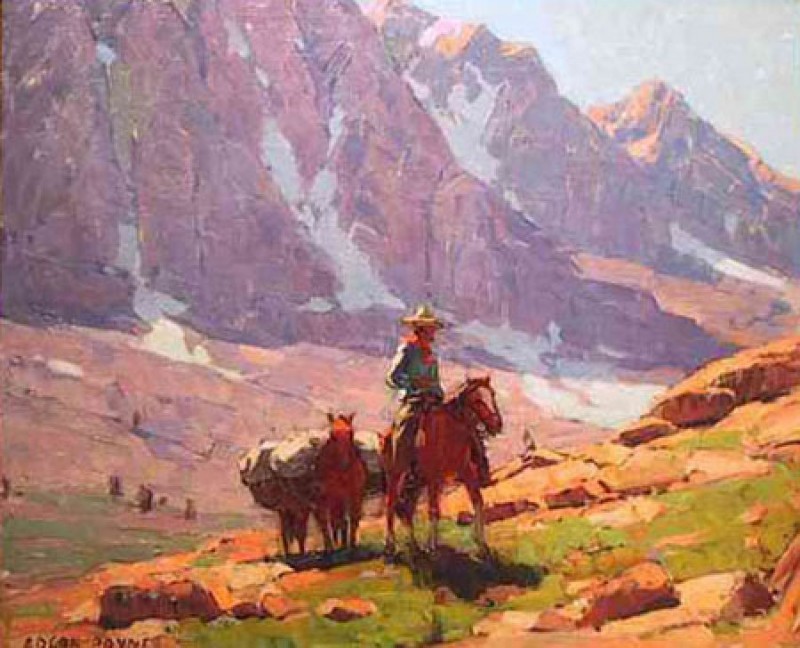
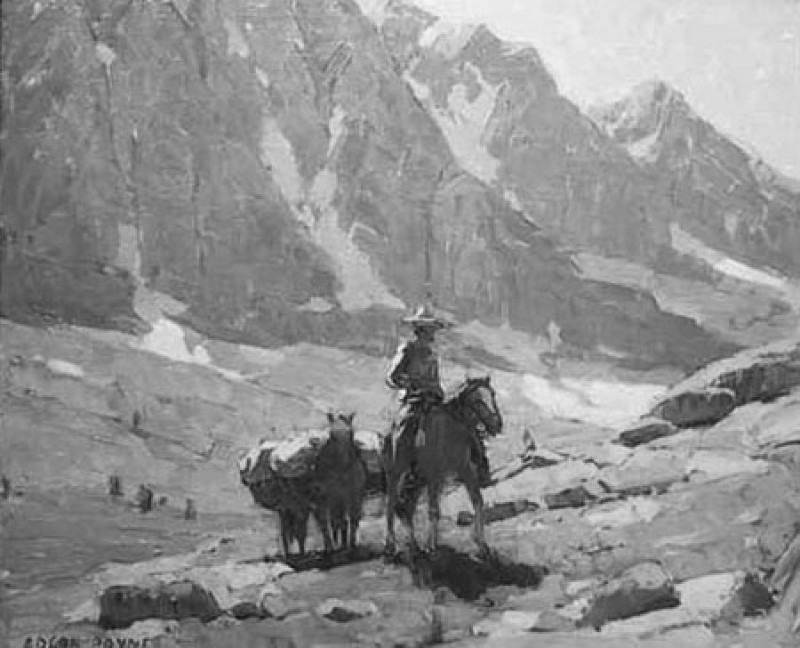
This balanced color harmony used by Edgar Payne is a good example of an artist who has controlled all three components of color: hue, value and saturation. In black and white it almost looks like a photograph.
Payne uses four levels of values: dark, dark gray, light gray, and light.
He uses three levels of saturation: high in the foreground, middle saturation in the middle distance, and weak saturation in the distance.
And he uses mainly three hues: orange, violet, and green, which form a secondary color harmony. By limiting the variations in this way he gets a harmony in the painting that you would not get if there were too many changes in these three variables.
Here is another painting using secondary colors (hues) to make a beautiful painting. Again you can see higher saturation in the foreground and less saturation in the distance. Look at the black and white version and you can see how accurate the values are. If they were not accurate the composition would not look realistic.
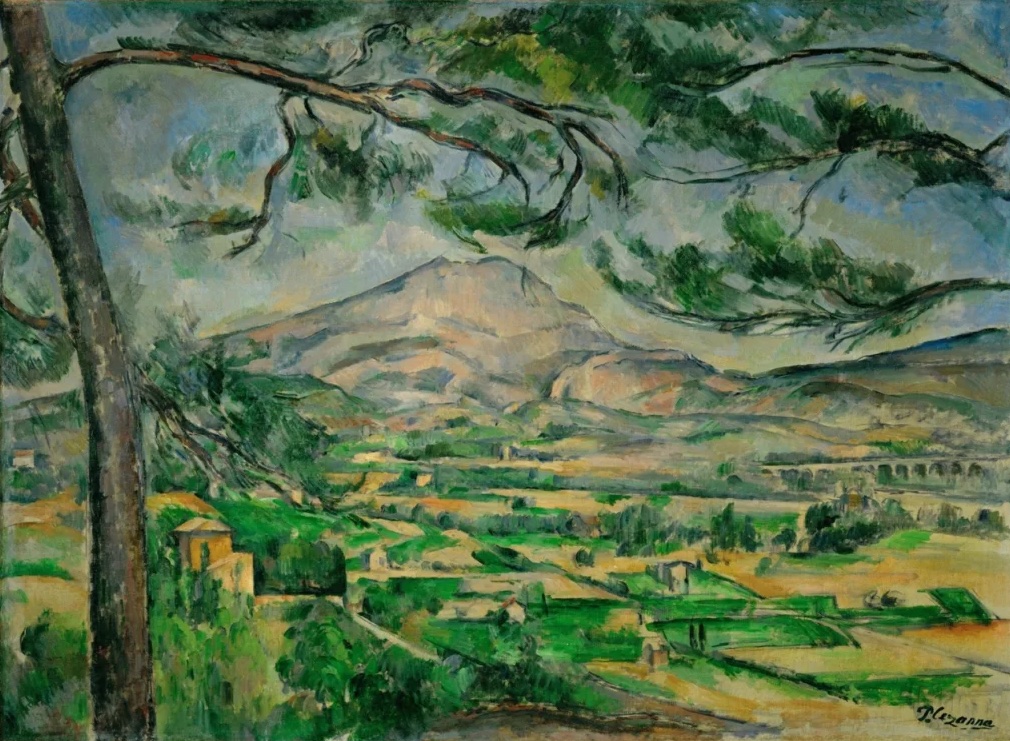
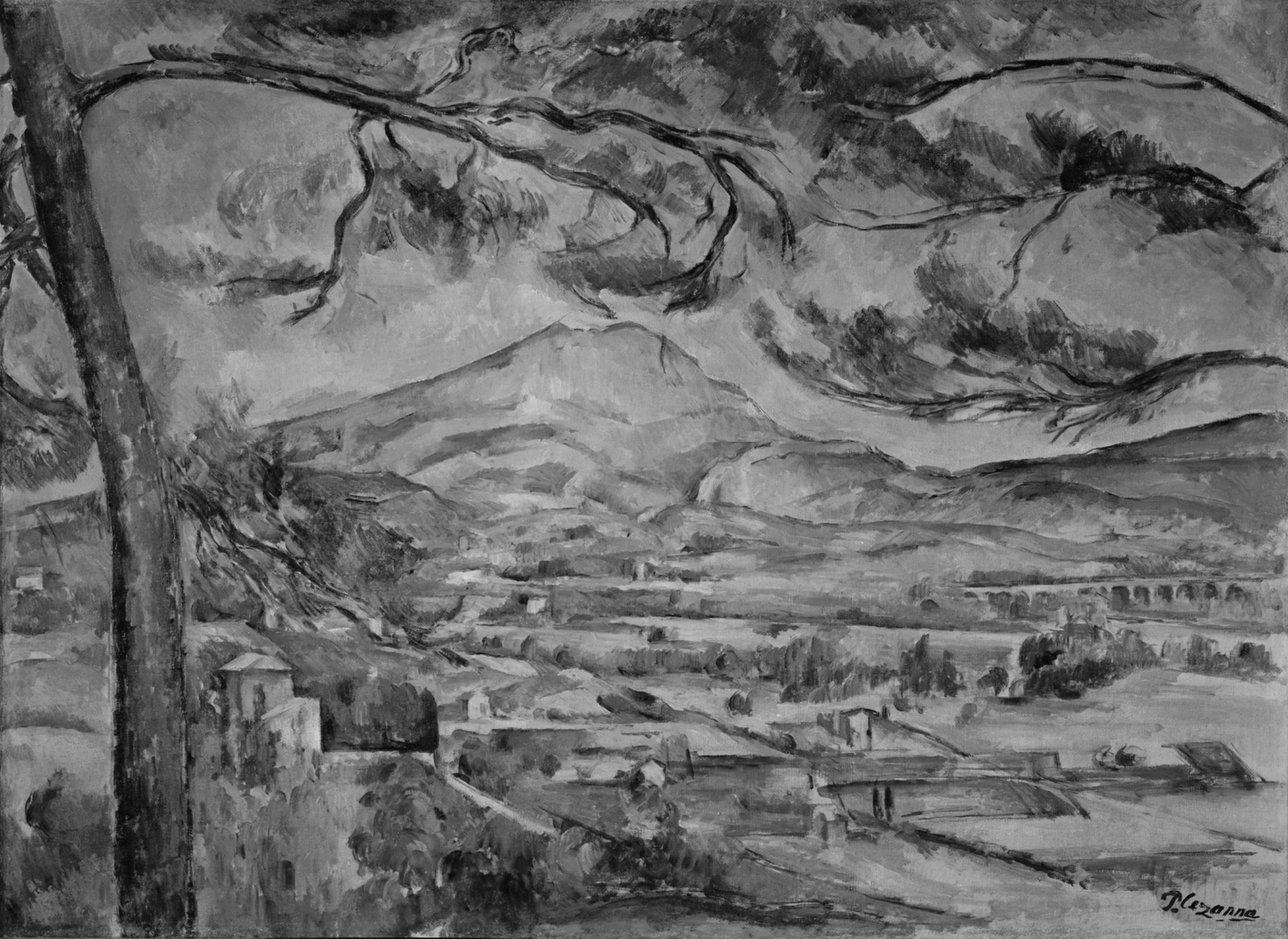
To learn more about color
To learn more about how you can use hue, value, and saturation and the three components of color, see the Color Theory lessons in Year One of the Virtual Art Academy Apprentice Program.
Also see: Wikipedia hue, lightness, and colorfulness
Thank You
Thank you for taking the time to read this article. I hope you find it useful. If you would like to get free painting tips by email, please sign up for my free tips newsletter.
If you are interested in a structured approach for learning how to paint, take a look at my online painting classes.
Happy painting!
Barry John Raybould
Virtual Art Academy
What The Students Are Saying
An excellent foundation on so many aspects of painting

When I got word of the course available through Virtual Art Academy, I was very excited for the opportunity to learn what I never knew about painting. VAA has provided me an excellent foundation on so many aspects of painting. The course is organized very logically, provides great examples, diagrams, thorough explanations and worthwhile assignments. I highly recommend this course to anyone with a desire for an in-depth education of art.
Thank you again, Barry, I love this course Jeanne
Read more “An excellent foundation on so many aspects of painting”
The small steps are easy to do

First quality education, materials, layered learning systems, feedback loop and social support and lifelong learning – amazing
Thank you again for such an amazing program and opportunity. I wish you continued and even greater success. You have contributed to many many people… thank you from all of us.
This is a far more superior school than anything I have seen being taught at colleges across the country

‘Ladder of Learning’ adds to overall positive experience of this awesome course

Read more “‘Ladder of Learning’ adds to overall positive experience of this awesome course”
Only online learning program I have ever discovered using a training industry best practice
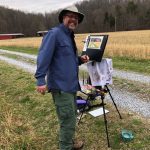
VAA is the only online learning program I have ever discovered using a training industry best practice of incorporating Knowledge and Skills to support learning a new activity. Every building block (Drawing, Form, Observation, Concept, Notan, Composition, Colour, Brushwork) incorporates a “spiral learning” approach where you are introduced to the Knowledge/Skill at one level and then reintroduced to it again elsewhere in the curriculum. Sure genius.
I’ve attended workshops, read books, and watched YouTube videos — and none of them provide the scaffolded approach to learning the VAA offers. If you are just starting your painting journey, start here. If you are a mid level or advanced painter, start here. There is a sense of community with artists around the globe. You are part of a peer to peer learning process bigger than yourself.
As a result of the VAA, I have been juried into several shows, am represented by a local gallery and have been selling my paintings on a consistent basis. VAA curriculum’s approach will grow your ‘artist’s brush’ and aid you in finding your artistic voice. As your basics improve, your art improves. Henry Hensche said, “There is study and there is performance, and we should not confuse the two, study is done for perceptual development, our performances show us where we are in that development, and we must have both…”. VAA curriculum offers both.
I went through the entire curriculum, did every every exercise, and today review my printed books/exercises on an annual basis to keep myself fresh and ready for my next painting adventure.
Onwards/Sideways,
Jay “jbird” Holobach
https://www.jayholobach.com/
The equivalent of a 4 year art education at a fraction of the cost

Read more “The equivalent of a 4 year art education at a fraction of the cost”
No need to buy expensive art books…. Just do the VAA 4 year course. I still refer to it

Read more “No need to buy expensive art books…. Just do the VAA 4 year course. I still refer to it”
It is wild to see how much I am learning in this course!

I retired last year, and decided I wanted to spend my time in retirement learning how to oil paint. But having never painted before, I wasn’t even sure what to look for in an online painting course. However, I did some searches for “Best Online Oil Painting Courses,” and found several references to VAA.
I signed up for VAA’s ongoing Apprentice Program last October (2023), and I am incredibly glad I did! As a beginner, I didn’t know what I didn’t know, but I didn’t have to: VAA has already mapped it all out for me. It starts out with basic, fundamental stuff, but also teaches me the THINKING that goes in the painting: the composition, my color choices, how to consciously select which darks and lights need to be emphasized, etc.
Bottomline, I am learning how to create paintings that have both visual music and poetry, and it is super fun to see my growth! I cannot recommend this course enough!
Read more “It is wild to see how much I am learning in this course!”
What I learned from 10 years with VAA
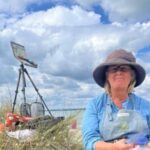
It does mean you have to look at things differently in the beginning but it is really exciting to learn a new, simpler way of painting- its all about VALUES!!!
It all seems a bit strange, making Notans, outline studies, value studies all in greys, colour maps, ie not painting a pretty picture in colour, but you must trust the experts and just do it. It’s all about being able to see the big shapes and values which takes, in my case, a long time for the brain to learn how to do. Once you see, it the lightbulb goes on and everything clicks into place.
Be patient, do the exercises, trust the process and you will get good results. I did as Barry suggested and just worked through the exercises in my sketchbook from life, I didn’t paint pictures for long time. I stayed on values studies for a very long time and found I was enjoying painting again.
It’s ok to take your time. Just keep working and try to find a routine for studying, keep at it. After a long time working like this I am now getting pictures into Art Societies in London (The Chelsea Art Society and the The Mall Galleries- RBA, NEAC and Pastel Society) selling them and even winning prizes. I’ve joined Plein Air groups in London and Surrey (which are free) met and made new friends and am part of a community of like-minded artists which is important to me and makes me happy.
Georgie Rey
https://www.artmajeur.com/georgina-rey
The course has a steady learning curve that keeps revealing itself as you advance

Read more “The course has a steady learning curve that keeps revealing itself as you advance”
I’m Richard Robinson …. best online art training available on the internet today

In my opinion Barry has created the best online art training available. I found the Virtual Art Academy course of painting lessons many years ago and was so inspired by it that I contacted the author and got to know him personally.
Two Critical Keys
If you are looking (like I did) for the best painting course available there are two key things you should know about the Virtual Art Academy course which make it stand out above the other online painting courses available today:
1. It’s Comprehensive.
It covers ALL the key painting concepts and then goes further, revealing more and more painting insights. Most courses miss a LOT out – this one doesn’t.
2. It’s easy to understand.
All that information could easily become confusing, but each piece is laid out clearly and concisely using Information Mapping® making it a pleasure to learn.
If you can find another painting course which does these 2 things better, please let me know. As I said, I have been searching for many years and continue to do so, so you could save yourself a lot of precious time and money by joining the Virtual Art Academy today.
Read more “I’m Richard Robinson …. best online art training available on the internet today”
The most comprehensive art instruction I could find anywhere online, and trust me, I had been looking for a long time.

The Virtual Art Academy is simply the most comprehensive art instruction I could find anywhere online, and trust me, I had been looking for a long time.
Even art schools and academies I’ve been exposed to are nowhere near as thorough, VAA is just amazing!
Most paintings I see where the artist clearly has some skill still lack in either the values or notan department, or fall down on composition – it’s baffling that VAA seems to be the only program that goes into detail on this. Therefore, if you are new to painting or an experienced artist, studying with VAA will get you to that next step.
I also find that Barry is always interested in what we students do and is at hand with great advice. Worth every penny, Thank you Barry!!
comprehensive art education

VAA, the ultimate art course
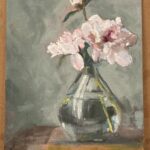
It is impossible to fail or gain little through extensive 4 year study at VAA!
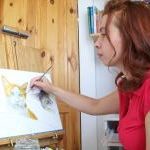
Read more “It is impossible to fail or gain little through extensive 4 year study at VAA!”
The most comprehensive, in depth and well-organized painting course available online

Read more “The most comprehensive, in depth and well-organized painting course available online”
The course is for beginners, intermediate and advanced artists

Read more “The course is for beginners, intermediate and advanced artists”
A great learning platform

It is a real course that trains you in a structured way

Read more “It is a real course that trains you in a structured way”
Fantastic lesson plans, and a vibrant community
The Virtual Art Academy is the perfect art course I’ve been searching for. Barry’s decades of knowledge are condensed into fantastic lesson plans, creating a vibrant community. The apprentice course delves deep into drawing, painting planning, and color theory. It’s like obtaining an art degree at my own pace and more affordably. The structured format encourages interaction and feedback, enhancing the learning experience. Overall, a fulfilling way to study art from home.
I started learning oil painting with VAA from scratch. Just one year later my paintings started to sell

Barry gave me a fishing rod so I can catch my own fish

Read more “Barry gave me a fishing rod so I can catch my own fish”
Building blocks of learning is the best I have seen

Read more “Building blocks of learning is the best I have seen”
Since I started the programme I can see improvements in my composition and use of colour

I have been working through the VAA course for over five years and would highly recommend it to anyone wanting to improve their painting. There is a huge amount of information on the site and it is well presented and regularly updated and added to. When other members have commented on work I have posted I have found it really useful. When I review my work over the time since I started the programme I can see improvements in my composition and use of colour.
Read more “Since I started the programme I can see improvements in my composition and use of colour”
The sky’s the limit

The improvement in my own work reaffirms that I’ve found the right program to develop as an artist

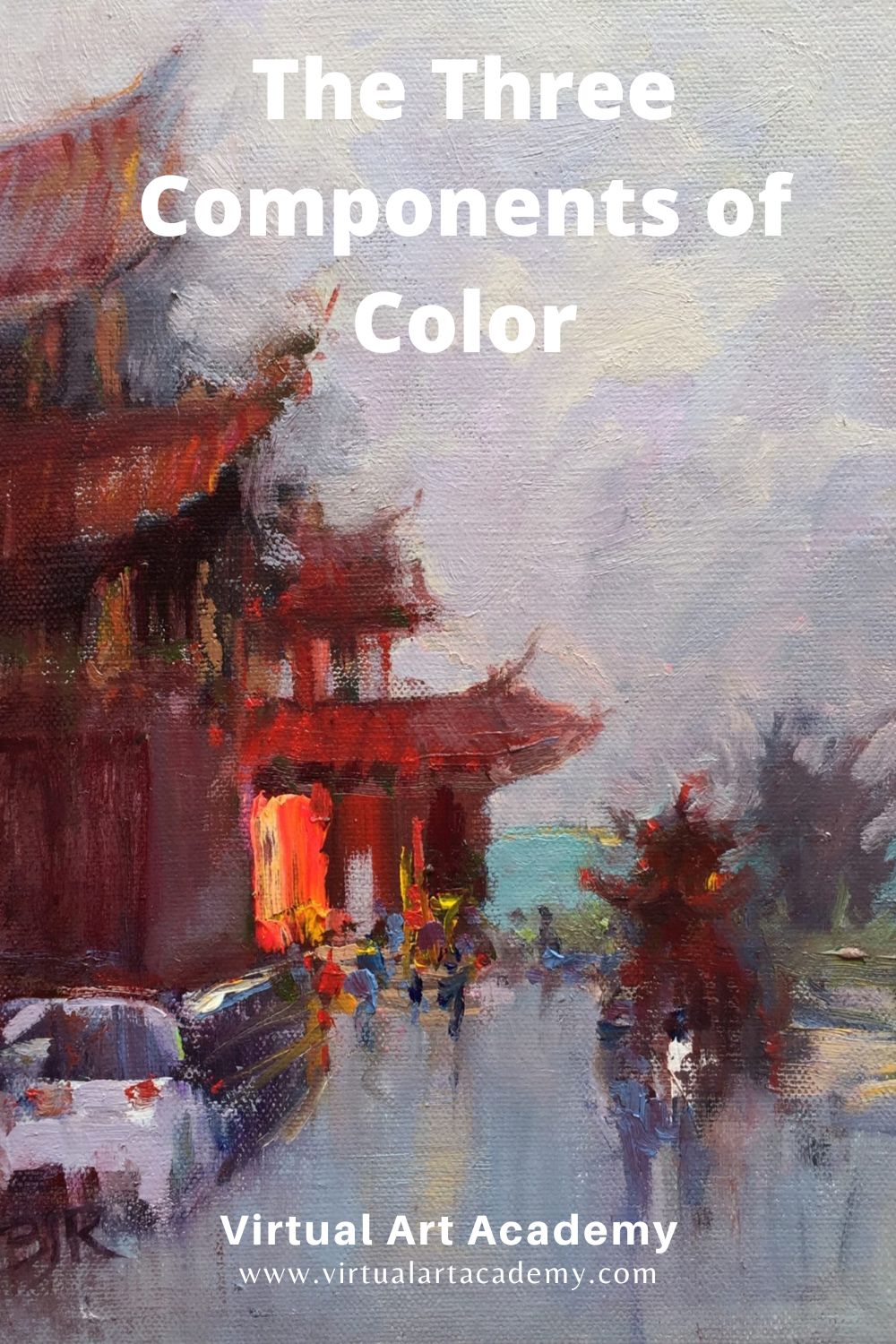
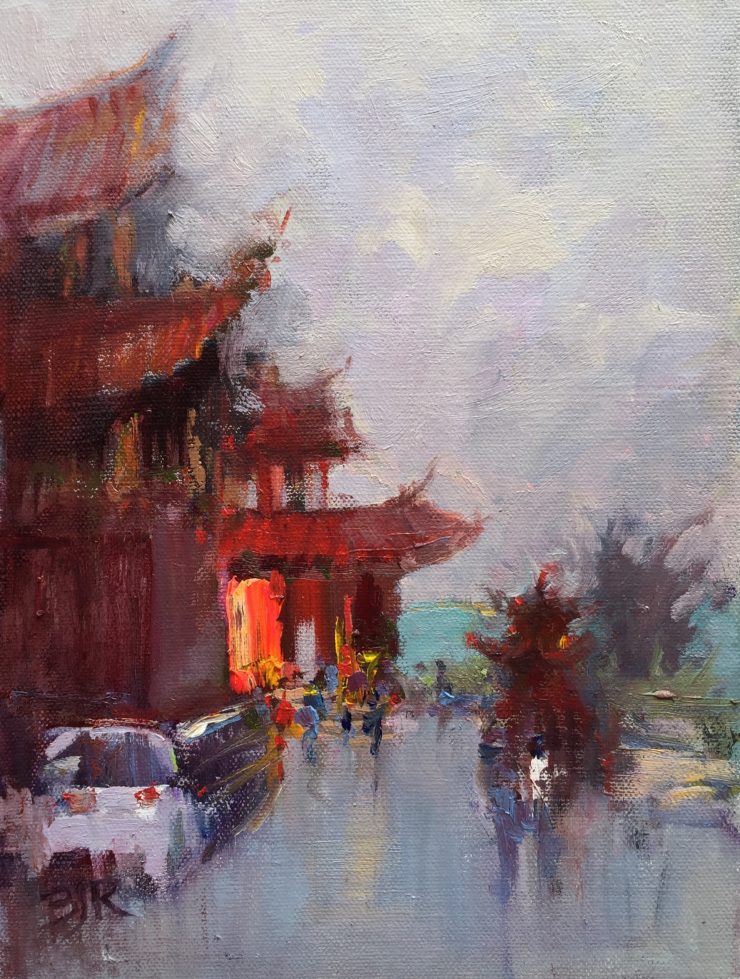
This was a informative piece about color theory. it really helped one to understand the differences in hue, saturation and value.
It was great reading the artcle.
Hi Barry,
I continue to learn so much from you. The Munsell color theory is excellent in teaching about color harmony and good compositions. By breaking down the components of color to hue, value and saturation it sums up the essence of what good art should comprise of. Thanks so much for this teaching!
Your friend in Blue Hawaii,
Liz
very handy, thanks!
You have answered the main questions I have had about painting thanking you for the answers
So enlightening…